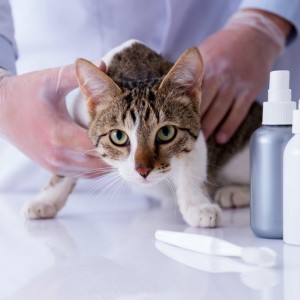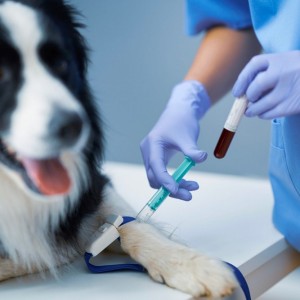Antibiotic resistance of faecal enterococci in poultry, poultry farmers and poultry slaughterers
The prevalence of resistance in enterococci to antibiotics, commonly used for therapy in poultry or as antimicrobial growth promoters (AMGPs), was determined in faecal samples of two chicken populations: broilers in which antibiotic and AMGP use is common and laying-hens with a low antibiotic usage.
In addition faecal samples were examined from three human populations: broiler farmers, laying-hen farmers and poultry slaughterers. MICs of an extended panel of antibiotics for a randomly chosen gentamicin- or vancomycin-resistant enterococcal isolate from each faecal specimen were also determined. The prevalence of resistance for all antibiotics tested was higher in broilers than in laying-hens. Resistance in faecal enterococci of broiler farmers was for nearly all antibiotics higher than those observed in laying-hen farmers and poultry slaughterers. The overall resistance in broilers was correlated with the resistance in broiler farmers and in poultry slaughterers. No correlation between the results obtained in the laying-hens with any of the other populations was found.
The 27 gentamicin-resistant isolates all showed high-level resistance to gentamicin and two of these isolates, both Enterococcus faecium, were resistant to all antibiotics tested, except vancomycin. The 73 vancomycin-resistant enterococci (VRE) isolated from the five populations belonged to four different species and in all isolates the vanA gene cluster was detected by blot hybridization. The pulsed-field gel electrophoresis (PFGE) patterns of these vancomycin-resistant enterococci were quite heterogeneous, but Enterococcus hirae isolates with the same or a closely related PFGE pattern were isolated at two farms from the broiler farmer and from broilers. Molecular characterization of vanA-containing transposons of these isolates showed that similar transposon types, predominantly found in poultry, were present.
Moreover, similar vanA elements were not only found in isolates with the same PFGE pattern but also in other VRE isolated from both humans and chickens. The results of this study suggest transmission of resistance in enterococci from animals to man. For VRE this might be clonal transmission of animal strains, but transposon transfer seems to occur more commonly.
Authors: A. E. van den Bogaard , R. Willems , N. London , J. Top , E. E. Stobberingh
Source: https://academic.oup.com/












List
Add
Please enter a comment